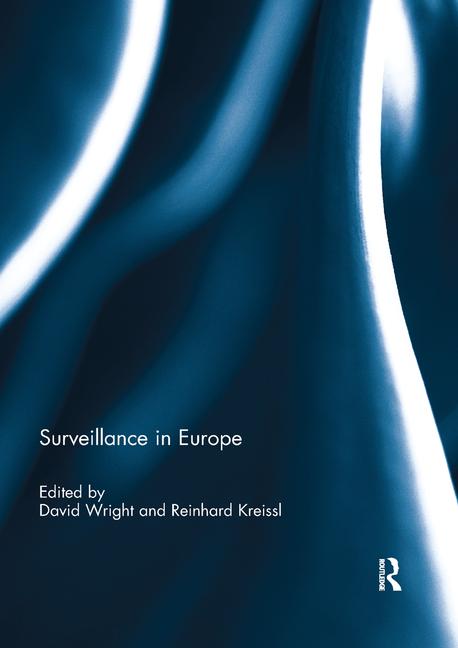Thinning Budgets Drive Terrorism Evolution
The past several years have seen the emergence of a more aggressive set of AQ affiliates and likeminded groups

Fracturing of larger,previously centralized terrorist cells, including al-Qaida, is resulting in no mere reduction in terrorism in general, but a splintering of those groups into smaller groups, especially in Africa and the Middle East, according to the Country Reports on Terrorism 2013summary submitted to the U.S. Congress by the State Department.
"The past several years have seen the emergence of a more aggressive set of AQ affiliates and likeminded groups, most notably in Yemen, Syria, Iraq, Northwest Africa, and Somalia,” said Ambassador-at-Large and Coordinator for Counterterrorism Tina Kaidanow at a Washington, DC, briefing. “In 2013, we saw al-Qaida’s leadership struggle to maintain discipline within the AQ network and communicate guidance to its affiliated groups. For example, the tactical guidance by AQ leader Ayman al-Zawahiri to minimize collateral damage was routinely disobeyed, notably with respect to increasingly violent attacks by AQ affiliates against civilian religious pilgrims in Iraq, hospital staff and convalescing patients in Yemen, and families at a shopping mall in Kenya.
“With the decline of al-Qaida core and its resulting inability to finance its affiliates, terrorist groups have turned to a range of criminal activity to raise needed funds. Kidnapping for ransom remains the most frequent and the most profitable source of illicit financing. Private donations from the Gulf also remained a major source of funding for Sunni terrorist groups, particularly for those operating in Syria.”
Looking for a reprint of this article?
From high-res PDFs to custom plaques, order your copy today!








